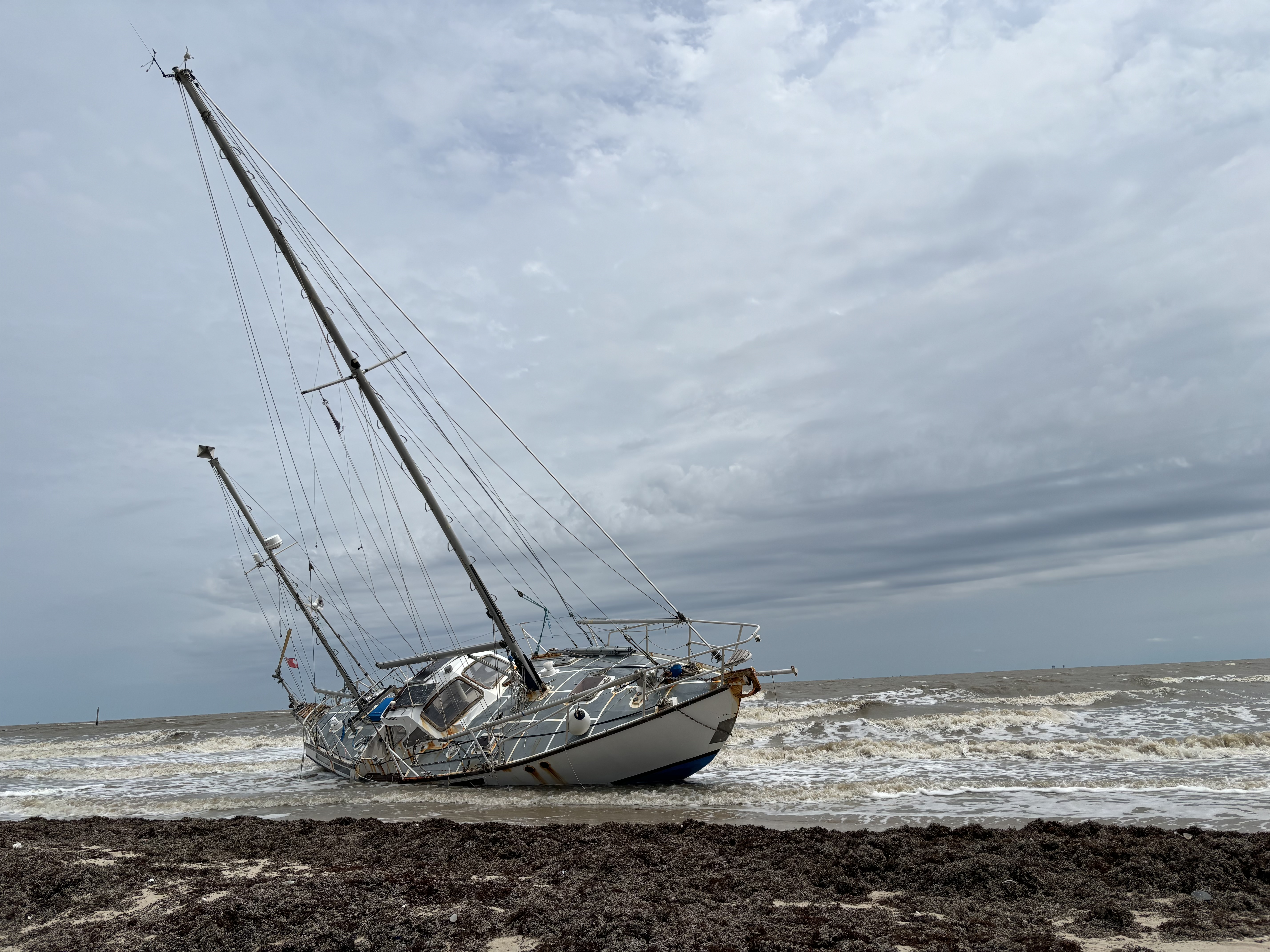Plans in works to salute Old Spanish Trail
Published 7:06 am Thursday, December 17, 2015
HOUSTON — A century ago, as horses and buggies gave way to the automobile, roads between cities — such as they were — came together in pieces.
In Gulf states, it was business leaders — not public officials — that started in 1915 to stitch together paved roads. Among the most significant intercity routes was Old Spanish Trail, which eventually stretched from St. Augustine, Florida, to San Diego, along the way meandering through Houston and many Texas towns.
But it would be a mistake to assume the street south of downtown Houston now named Old Spanish Trail was this city’s portion of the famed route.
“In many cities it is Main Street,” Charlotte Kahl said. “That’s how the Old Spanish Trail came together.”
The Houston Chronicle reports then it came apart, as the nation grew during and after World War II.
Routes lined with the famous “OST” red and yellow signs from the Atlantic to the Pacific became wider streets and freeways. The signs familiar to Depression-era travelers were replaced with more uniform and navigable numeric designations. Old Spanish Trail was out, and U.S. 90, U.S. 80 and Interstate 10 were in.
Now Kahl, a San Antonio resident, wants to put Old Spanish Trail back on the map — either with designations on existing highways or new pedestrian and cycling trails — along the entire Florida-to-San Diego route, in time for the road’s centennial.
She and others of like mind met this month in Mobile, Alabama — the 100th anniversary of the first meeting among business officials — to plan centennial events and efforts to remember Old Spanish Trail. It’s the first step, she said, in an effort to reconnect the trail in the same piecemeal method that originally developed the road.
“We want every little town and every big city to form their own OST group,” Kahl said.
Those plans likely will accelerate in the Houston area in a few years. Kahl plans to bring the national OST meeting to Houston in 2019, on the 100th anniversary of the original road builders coming to town.
The Houston that greeted those conventioneers nearly a century ago was a different place, but vestiges of that time remain. In 1919, the Old Spanish Trail was on its way to being established along Houston’s Main Street.
By 1925, when a travel guide for the route was published and leadership of the Old Spanish Trail Association was in San Antonio, Houston was a major destination. The Rice Hotel boasted “the finest cafeteria in the south,” other lodging was available in fireproof facilities — a closely watched offering then — and Hermann Park could host up to 1,000 cars.
“Travel was expensive,” Kahl said. “There were tourist camps before motels and motor courts. You camped out.”
Travel also took much longer. Speed limits, not to mention automotive capabilities for safe travel, put top speeds at about 20 mph — even less in cities. Some paved roads were not exactly smooth, often made from crushed local materials. Rocks and shells taken from Oyster Creek in Sugar Land likely ended up in many East Texas road projects.
Drivers had a more hands-on approach to their maintenance needs. Automobiles and trucks of the time required personal care. Roadside assistance wasn’t yet a thing. Tires were especially unpredictable.
“Drivers would carry patch kits like you would for bicycles,” Kahl said.
Tourism was only a part of the impetus for the Old Spanish Trail. Movement of goods played a large role as well.
Businesses that made products in Pensacola or New Orleans wanted reliable ways to get raw materials from Georgia or Texas. Farmers in East Texas needed a way to get their crops to markets in San Antonio, and not everything was worth shipping in large rail bulks.
Trucking could fill in the gaps if routes were paved and reliable. Those routes became the first iteration of the interstate system, in part devised by Gen. John J. Pershing, commander of U.S. Forces in World War I, who envisioned a national network for military movement. Another general, Dwight D. Eisenhower eventually made the interstate map a reality.
Moving goods required wider roads, often outside downtown areas. Old Spanish Trail was moved to swing around Houston’s growing urban core, using what had been called the “Old Spanish Trail cutoff” in 1935. The detour, sometime after 1935, led to the current U.S. 90 Alternate, the road now called Old Spanish Trail and the proliferation of motels along the highway.
The Alamo Plaza Motor Hotel is the only significant motel from the Post-War era remaining in Houston, said David Bush, acting executive director of Preservation Houston. Built in 1948, the hotel — now apartments — boasts Alamo-style rounded architecture and a neon sign familiar to many midcentury travelers.
When OST’s red and yellow signs hung on fence poles and street signs, however, it was names rather than numbers that dominated the map. Old Spanish Trail joined Lincoln Highway, Dixie Highway and other early routes as the backbone of car travel, joined in Texas by slightly less well-known roads such as the Meridian Highway — stretching from north of Wichita Falls to Laredo.
Those highways were replaced as Texas grew and two-lane roads became the massive thoroughfares that keep goods and people moving. The old roads now are the objects of fascination by historians.
In the West, for example, efforts are emerging to protect segments of Route 66. The Texas Historical Commission has worked to preserve the Meridian Highway’s history.
The effort resonates in Houston, Bush said.
“It is the most significant invention of the past century that shaped our history,” Bush said of the automobile. “You cannot ignore it. It made Houston what it is today.”
The same can be said for towns across the U.S. touched by the trail, Kahl said. Those served by major highways and interstates owe a bit of that to the Old Spanish Trail. Those left behind show signs of their bygone time on a major route.
To connect that history today, Kahl said she hopes to help develop a historical plan, marking segments of the Old Spanish Trail and in some communities potentially replacing the path with a new hike and bike trail.
“If they built a 3,000-mile highway in 14 years, we can build a bike trail,” she said.
In 2029, the centennial of the Old Spanish Trail being totally paved between Florida and the Pacific Ocean, Kahl plans to travel the entire route. She’ll be 87.
“I tell people I need board members born after 1960,” Kahl said with a laugh. “You’re going to have to help me off the bus.”
Despite Houston having a reputation for paving or tearing down its history, it has kept some artifacts of the early days, and names familiar to early travelers remain relevant today. Old Spanish Trail is a key route for many drivers. That connection to the past extends further back than the road, which in some spots followed ancient routes.
“A good place to cross a river 1,000 years ago is still a good place to cross a river, perhaps, today,” said Christopher Talbot, a photography professor at Stephen F. Austin State University active in preserving the El Camino Real de los Tejas National Historic Trail. The trail represents a number of pathways taken by native tribes and others centuries before Europeans set foot in Texas.
“It is an interesting lens to look at our history,” Talbot said.
Associated Press A 1920 photo looking toward Texas Avenue along Main Street is seen juxtaposed with present day





